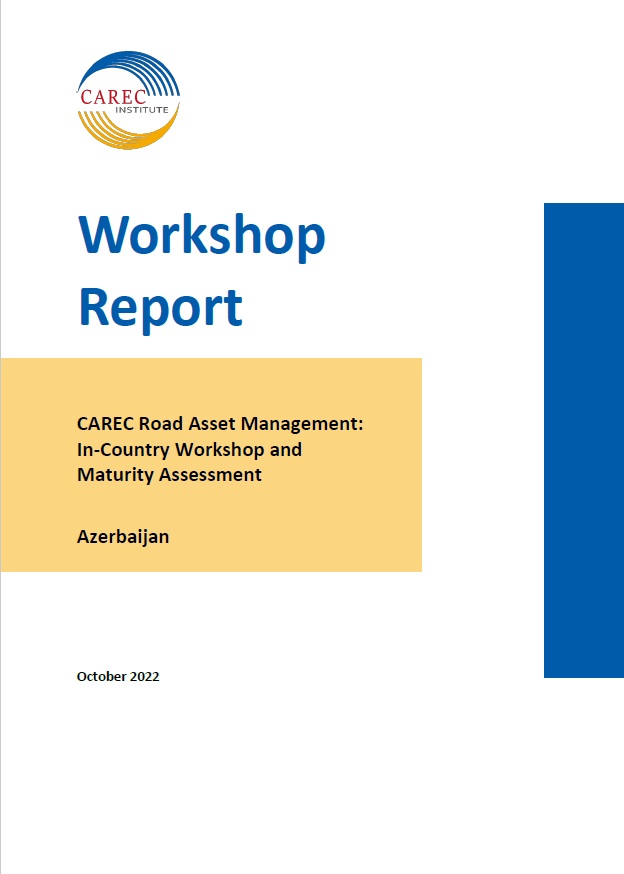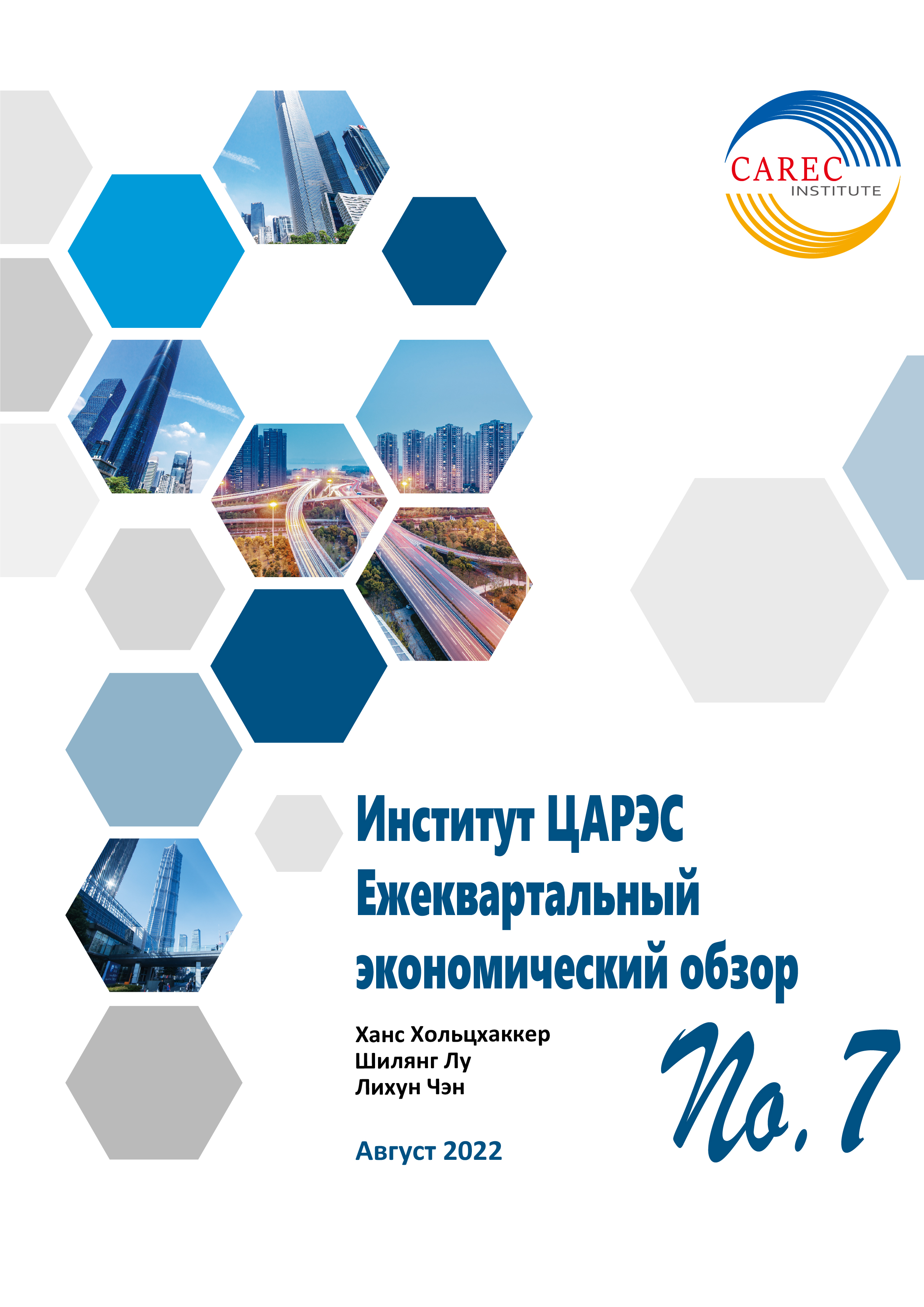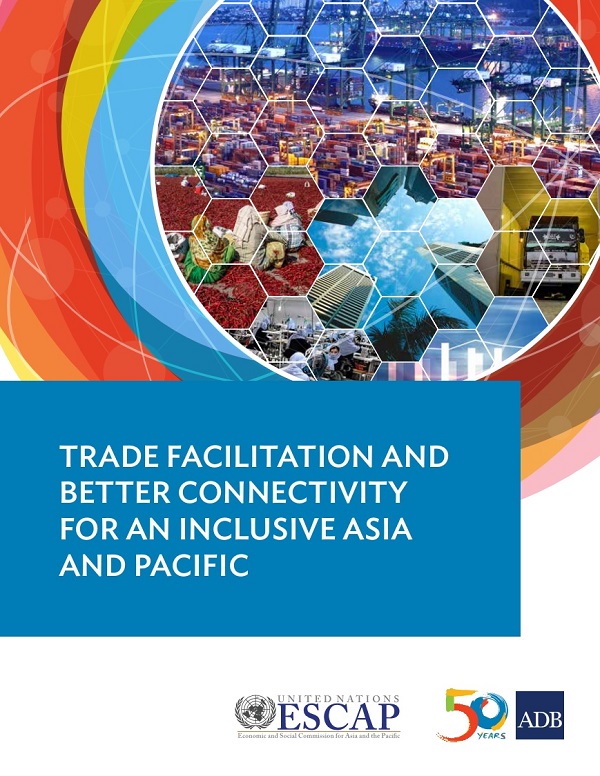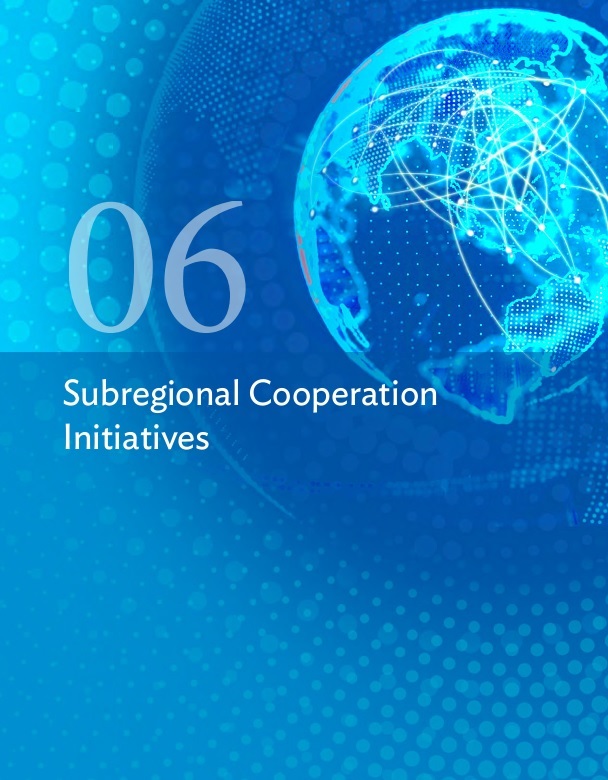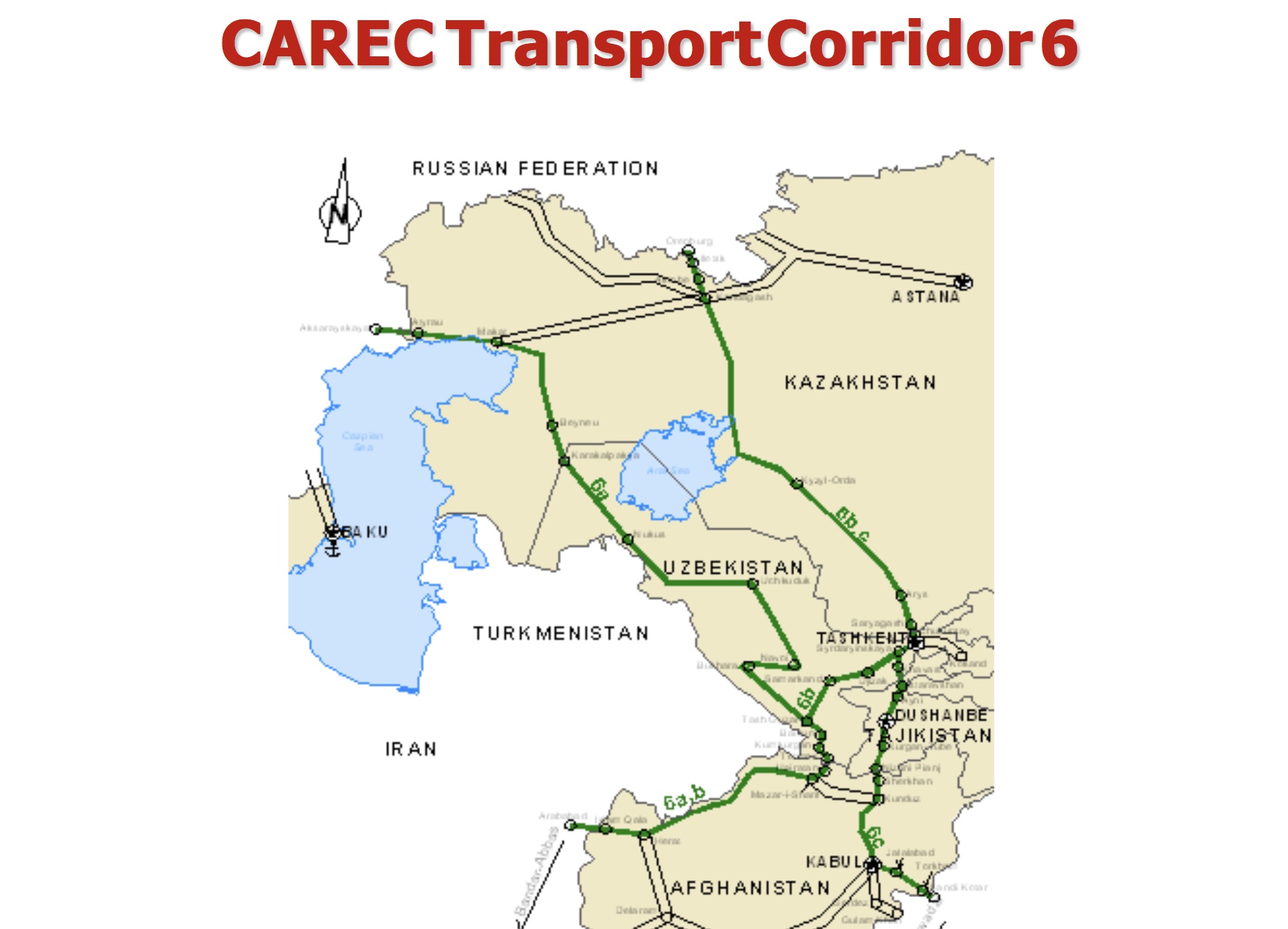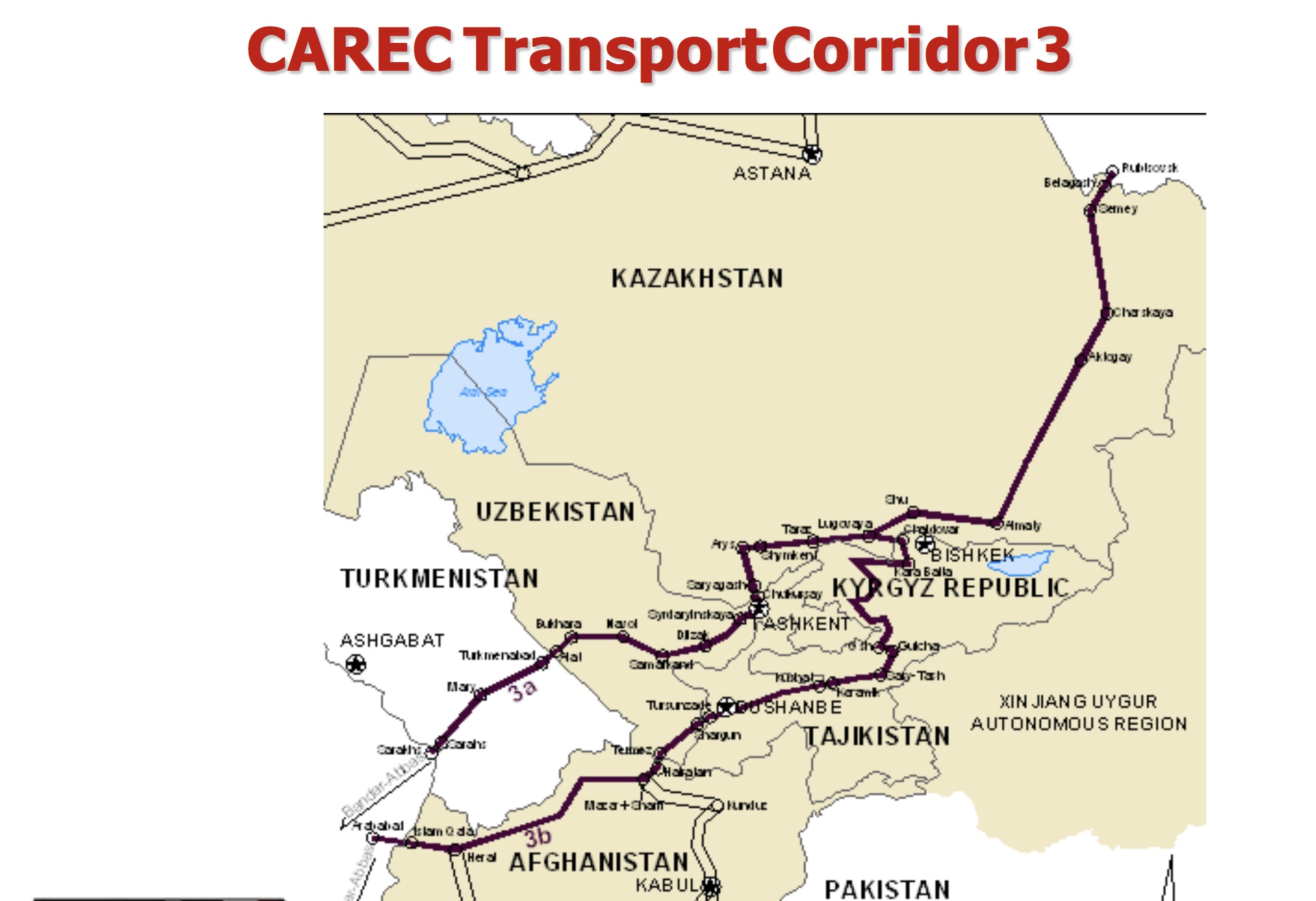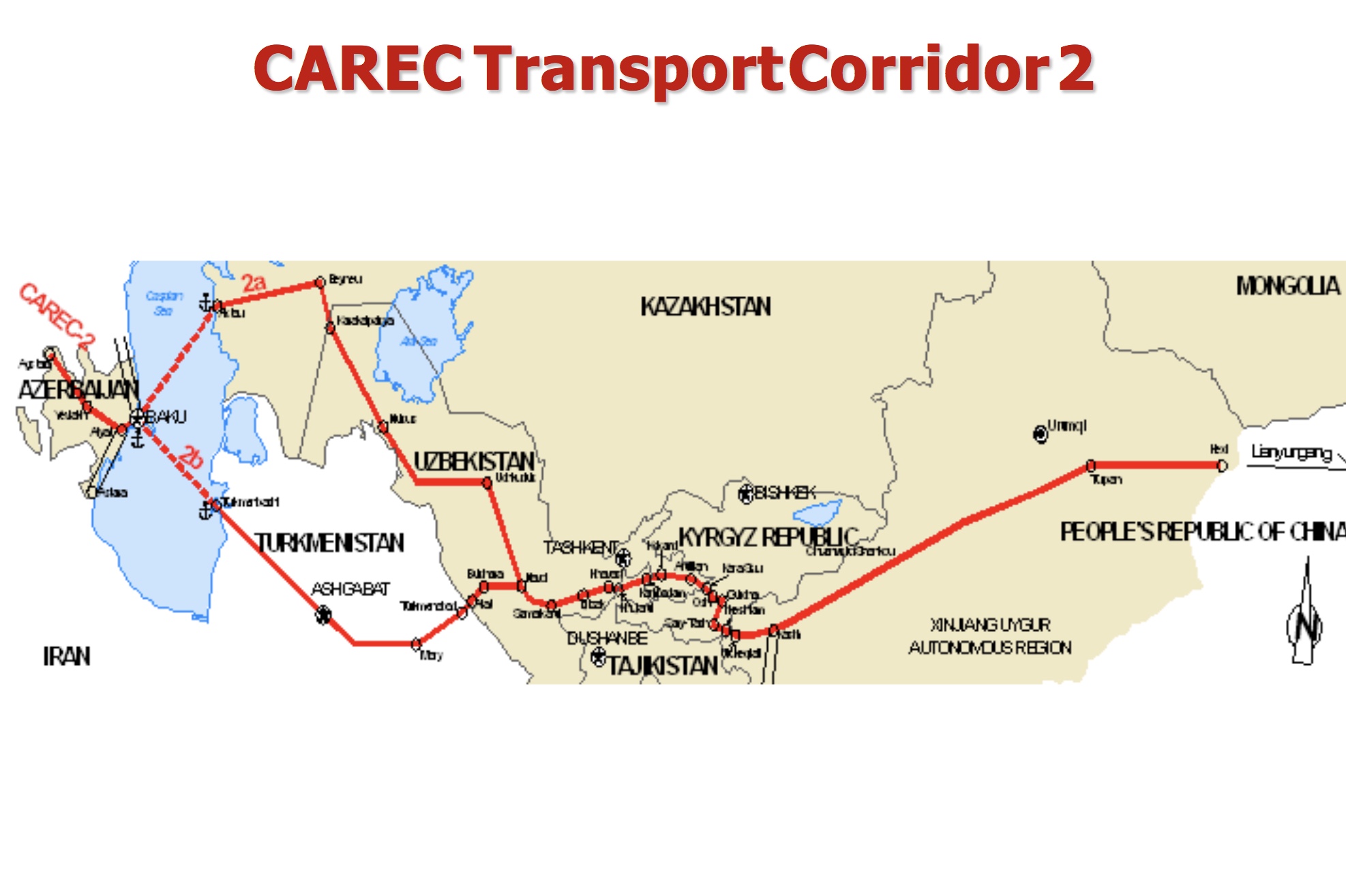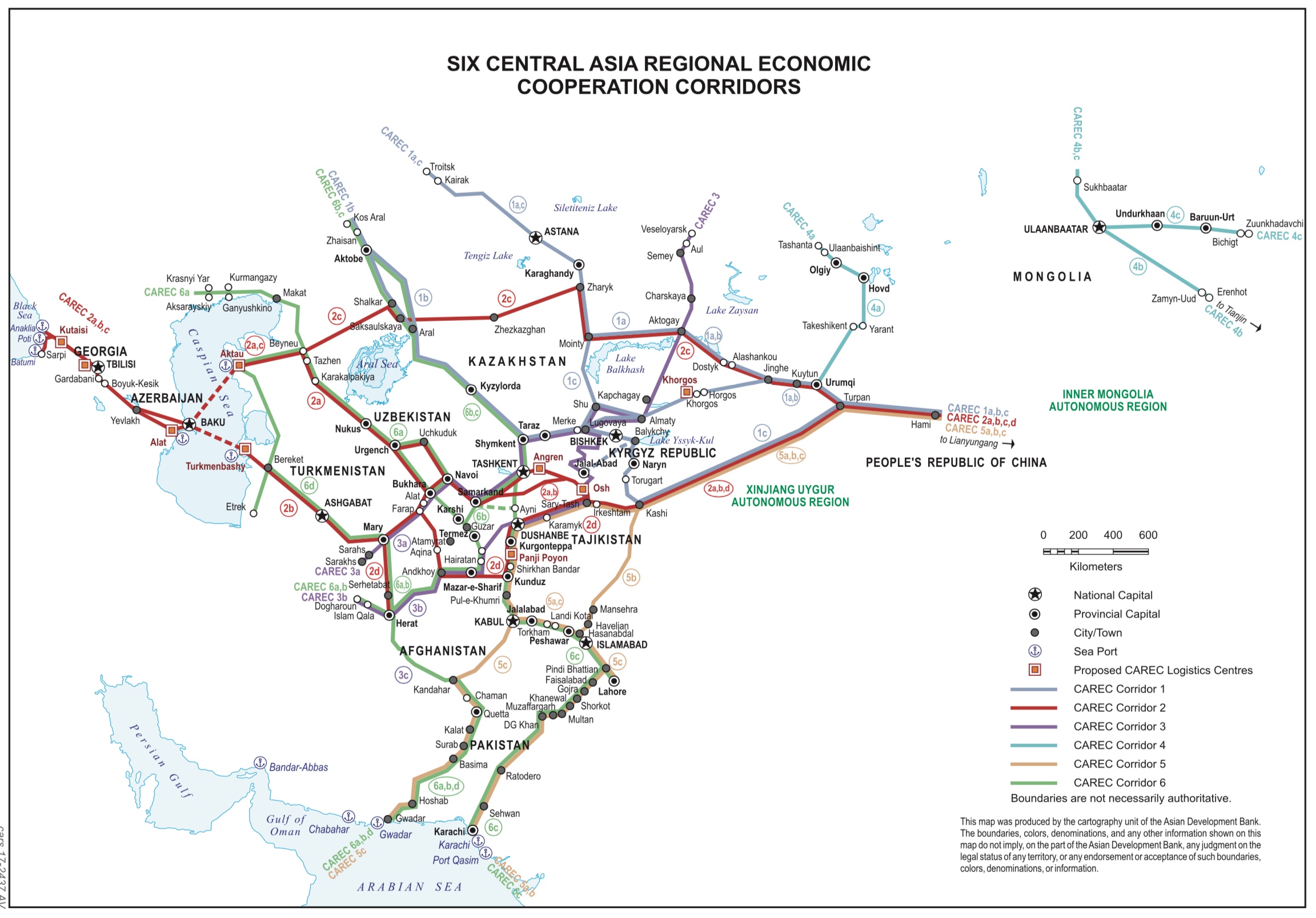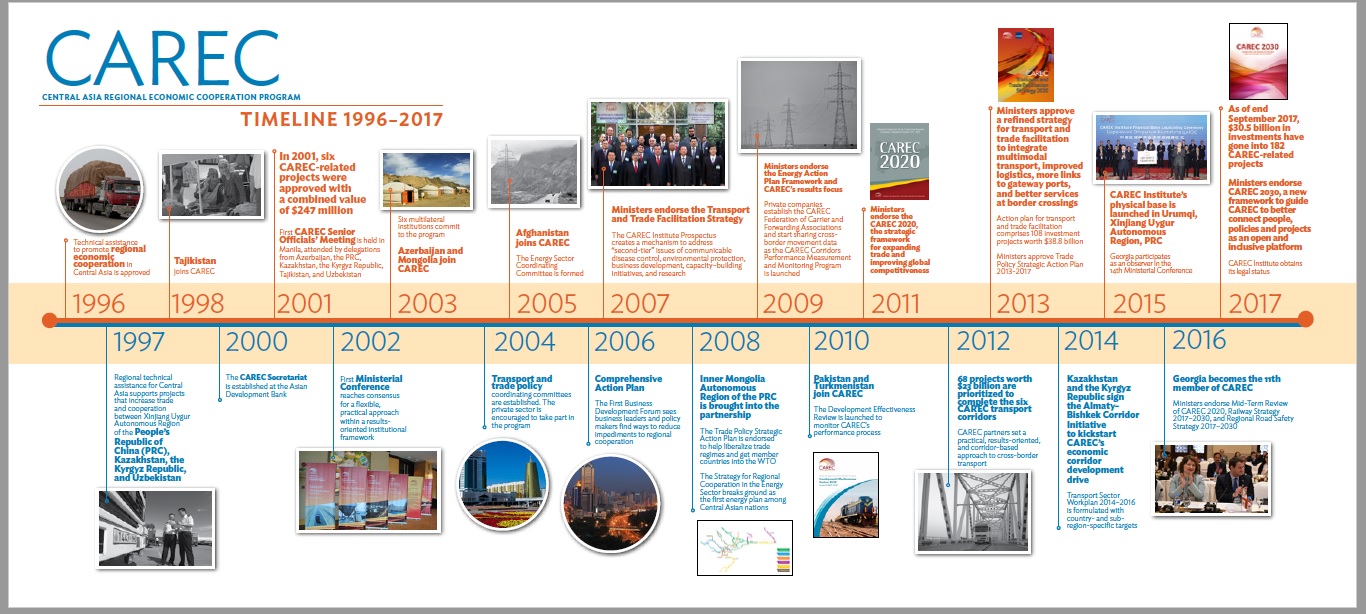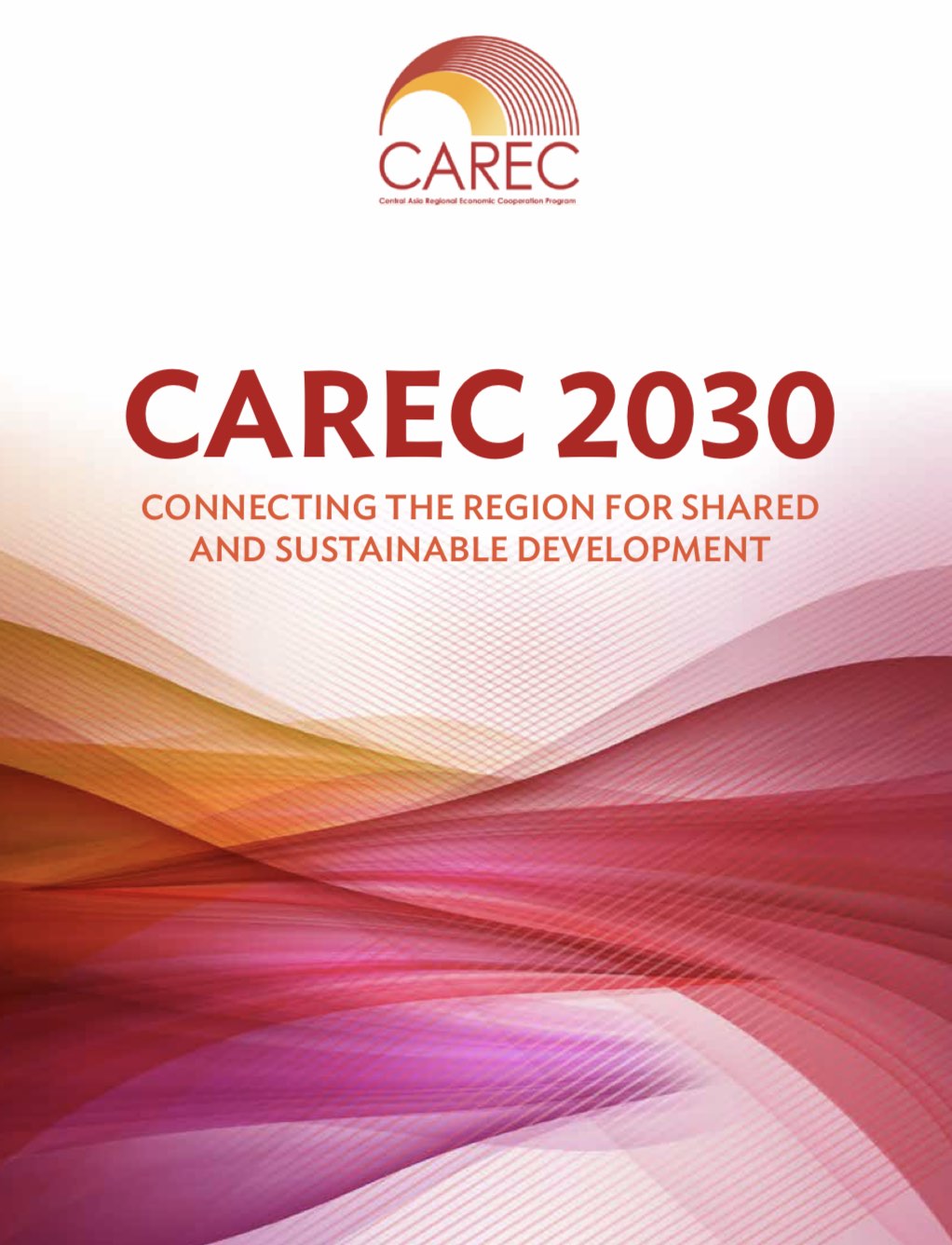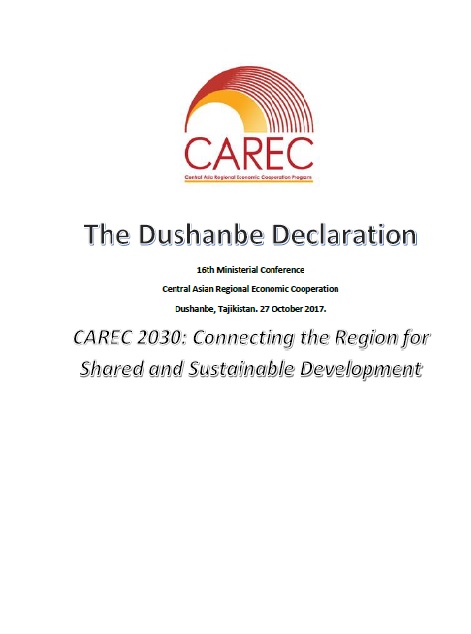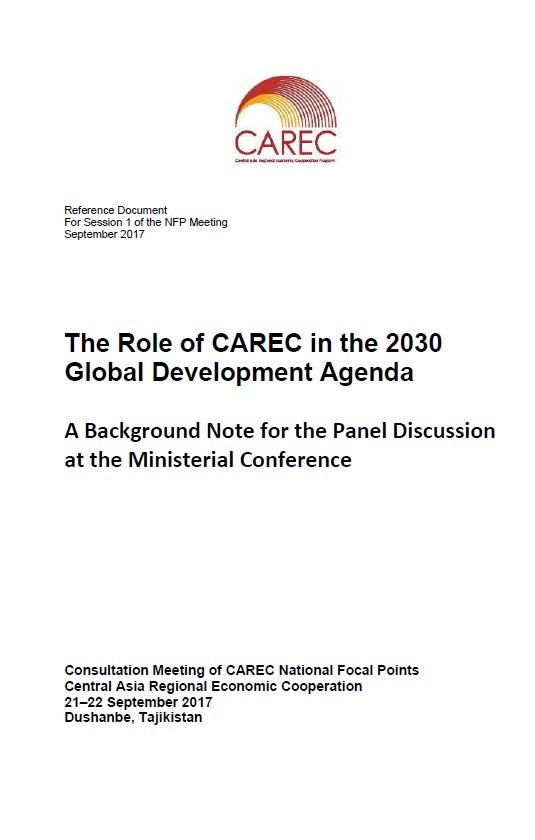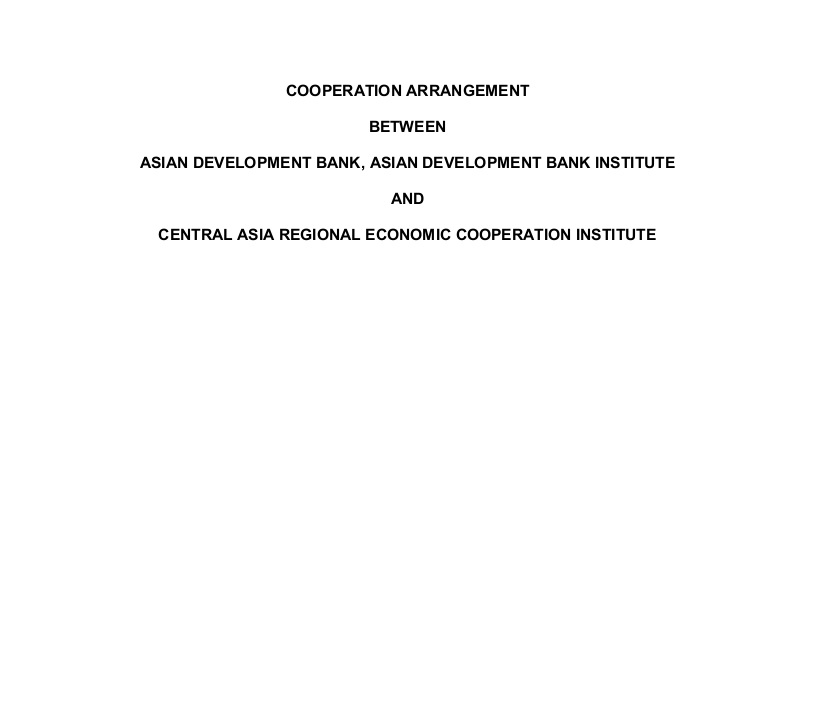Publications
All Publications
Trade Facilitation and Better Connectivity for an Inclusive Asia and Pacfic
Trade helps drive inclusive growth and poverty reduction. Strong value added from trade-related activities contributes to economic growth and development in developing Asia. Global trade helps reallocate capital and labor toward sectors with comparative advantage.
DownloadSubregional Cooperation Initiatives
The Central Asia Regional Economic Cooperation(CAREC) Program has established six corridors that crisscross the region, shortening structural distances for people and freight. It continues to chip away at barriers to trade by improving hardware and software elements that require cooperation between neighbors and the region in general.
DownloadCAREC 2030: Connecting the Region for Shared and Sustainable Development
CAREC 2030 provides the new long-term strategic framework for the Central Asia Regional Economic Cooperation (CAREC) Program leading to 2030.
DownloadCAREC- the Dushanbe Declaration 2017
We, the Ministers representing the Governments of Afghanistan, Azerbaijan, People’s Republic of China, Georgia, Kazakhstan, Kyrgyz Republic, Mongolia, Pakistan, Tajikistan, Turkmenistan and Uzbekistan, adopt the following declaration after the 16th Ministerial Conference on Central Asia Regional Economic Cooperation (CAREC) program in Dushanbe, Tajikistan on 27 October 2017.
DownloadThe Role of CAREC in the 2030 GD Agenda
A Background Note for the Panel Discussion at the Ministerial Conference
DownloadCooperation Arrangement Between Asian Development Bank, Asian Development Bank Institute and CAREC Institute
ADB, ADBI and CI seek to facilitate and strengthen collaboration, including cofinancing, and participation in agreed activities in connection with the priority areas of mutual interest, where relevant and feasible.
DownloadAsia-Pacific Regional Integration Index: Construction, Interpretation, and Comparison
We develop an index to measure the degree of regional integration in Asia and the Pacific (48 economies in six subregions). The index comprises 26 indicators in six dimensions of regional integration, i.e., trade and investment, money and finance, regional value chains, infrastructure and connectivity, free movement of people, and institutional and social integration.
Download